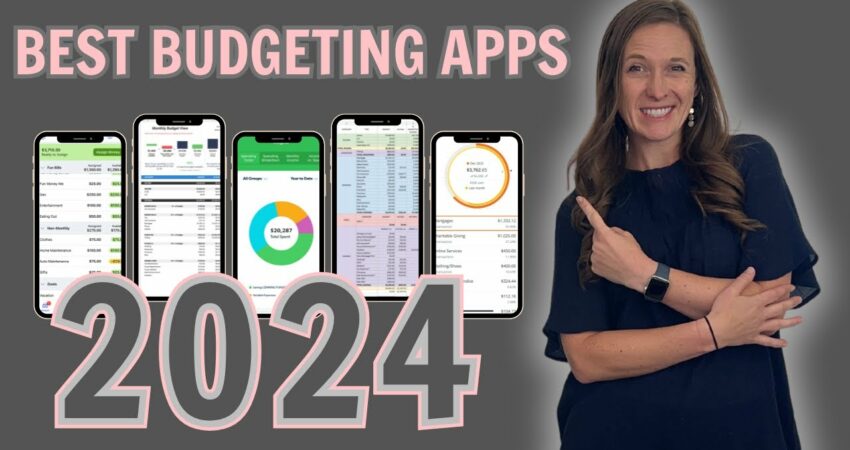
In the dynamic landscape of personal finance, budgeting apps have emerged as indispensable tools for individuals seeking to take command of their financial journey. While each app varies in its approach and features, they all share one common trait – high user satisfaction. In this article, we delve into the top five budgeting apps of 2024, carefully curated based on their functionality, user reviews, and overall effectiveness.1. YNAB (You Need A Budget): Why we recommend it: YNAB adopts a proactive approach to budgeting, encouraging users to plan ahead for financial decisions rather than merely tracking past transactions. Following the zero-based budgeting system, YNAB prompts users to allocate every dollar earned toward specific categories such as spending, savings, and debt. This hands-on approach fosters intentionality in financial planning, supported by educational resources on the app’s website.Considerations: YNAB requires commitment and active involvement, making it ideal for users who prefer a more engaged budgeting experience. The price point is relatively high compared to other apps.Cost: $14.99 per month or $99 per year, with a free 34-day trial. College students can use YNAB for free for a year.2. Goodbudget: Why we recommend it: Goodbudget prioritizes financial planning over transaction tracking, employing the envelope budgeting system. Users manually add account balances, cash amounts, debts, and income, then allocate funds to specific envelopes representing spending categories. The app offers a free version with limited features and a paid version, Goodbudget Plus, providing additional perks.Considerations: Goodbudget lacks automatic account syncing, requiring users to manually input every expense. This hands-on approach may not be suitable for those seeking a more automated experience.Cost: Free for basic version, $8 per month or $70 per year for Goodbudget Plus.3. EveryDollar: Why we recommend it: EveryDollar simplifies zero-based budgeting with a user-friendly framework. The free version involves manual entry of income and expenses throughout the month, along with categorization and bill payment reminders. The premium version offers account syncing, custom reports, and recommendations based on spending habits.Considerations: The free version is basic, and the premium version comes at a relatively high cost. Limited resources are available on the app’s website for understanding its functionalities.Cost: Basic version is free, premium version is $79.99 per year or $17.99 per month, with a 14-day free trial.4. Empower Personal Dashboard: Why we recommend it: Formerly known as Personal Capital, Empower Personal Dashboard primarily serves as an investment tool but includes budgeting features. Users can monitor various accounts, customize spending categories, and track net worth and portfolio. Accessible on both phone and desktop, Empower provides a holistic view of spending.Considerations: While the budgeting features are useful, other apps offer more comprehensive budgeting capabilities. The app’s strength lies in investment tools.Cost: Free.5. PocketGuard: Why we recommend it: PocketGuard stands out for its simplicity, connecting bank accounts, credit cards, loans, and investments. The app simplifies budgeting by showing available funds after accounting for necessities, bills, and goals. Users can choose to manually track finances without linking accounts.Considerations: The app’s automated approach may not be suitable for users seeking a more hands-on budgeting experience. User reviews on Google Play have declined in the past year.Cost: Basic version is free, PocketGuard Plus is $12.99 per month or $74.99 per year.
In the ever-evolving realm of personal finance, these budgeting apps offer diverse approaches to suit various preferences. Whether you prefer a hands-on experience like YNAB or the simplified approach of PocketGuard, finding the right app can empower you to take control of your finances effectively. Each app listed above has been carefully chosen based on its features, user satisfaction, and overall utility, making them excellent choices for navigating your financial landscape in 2024.





